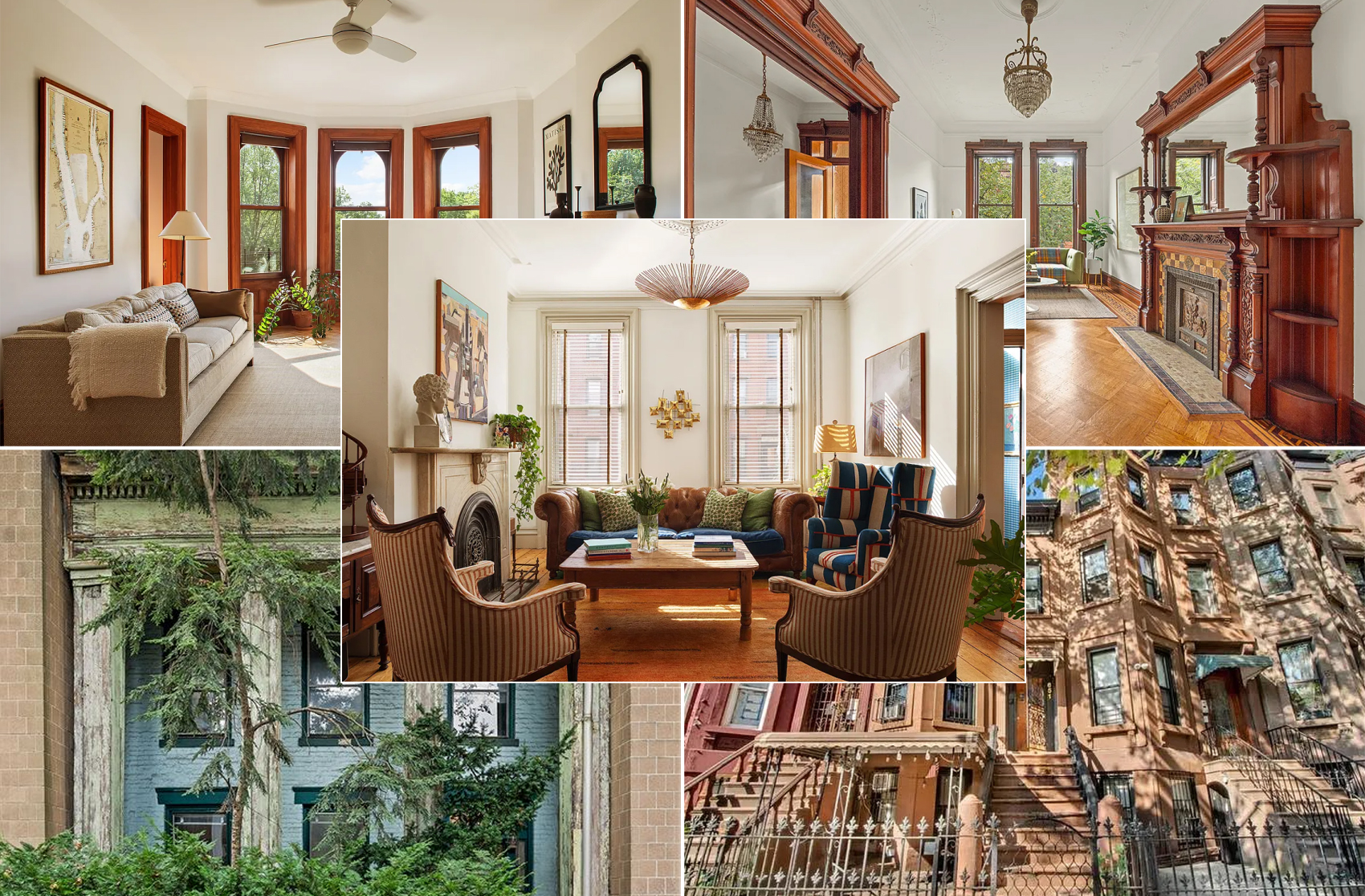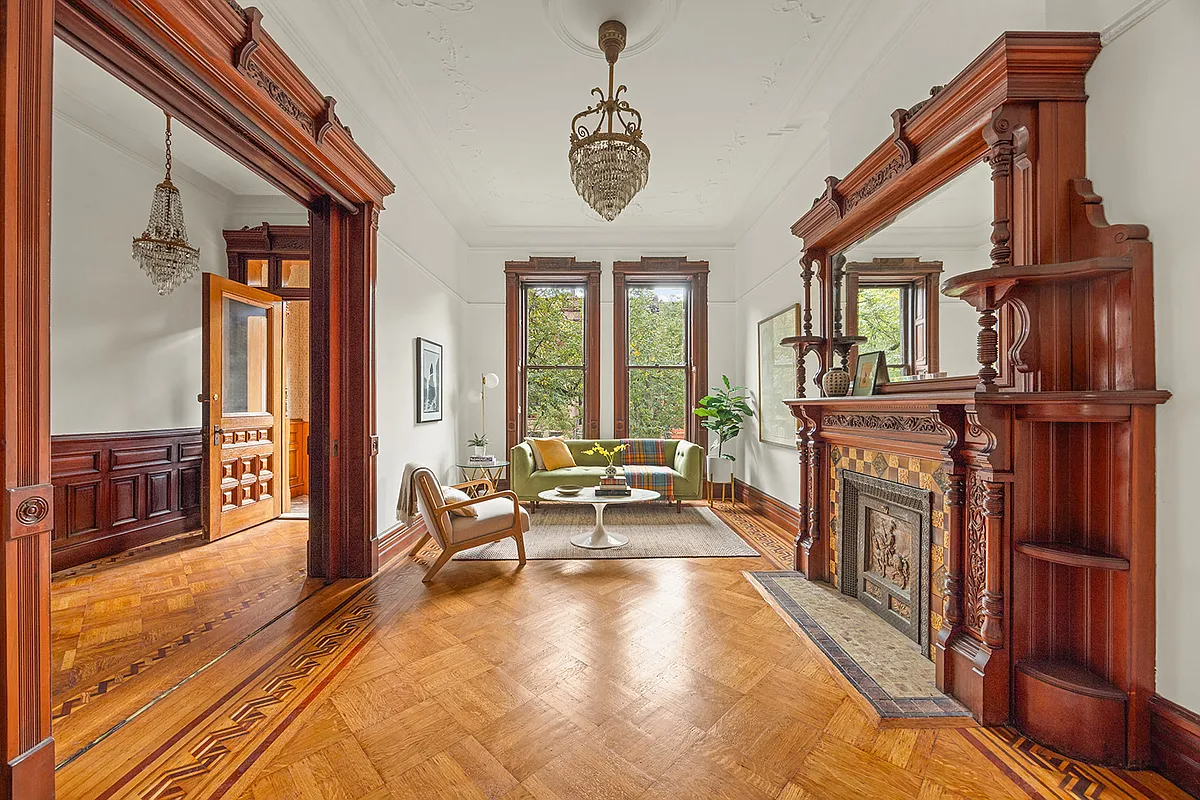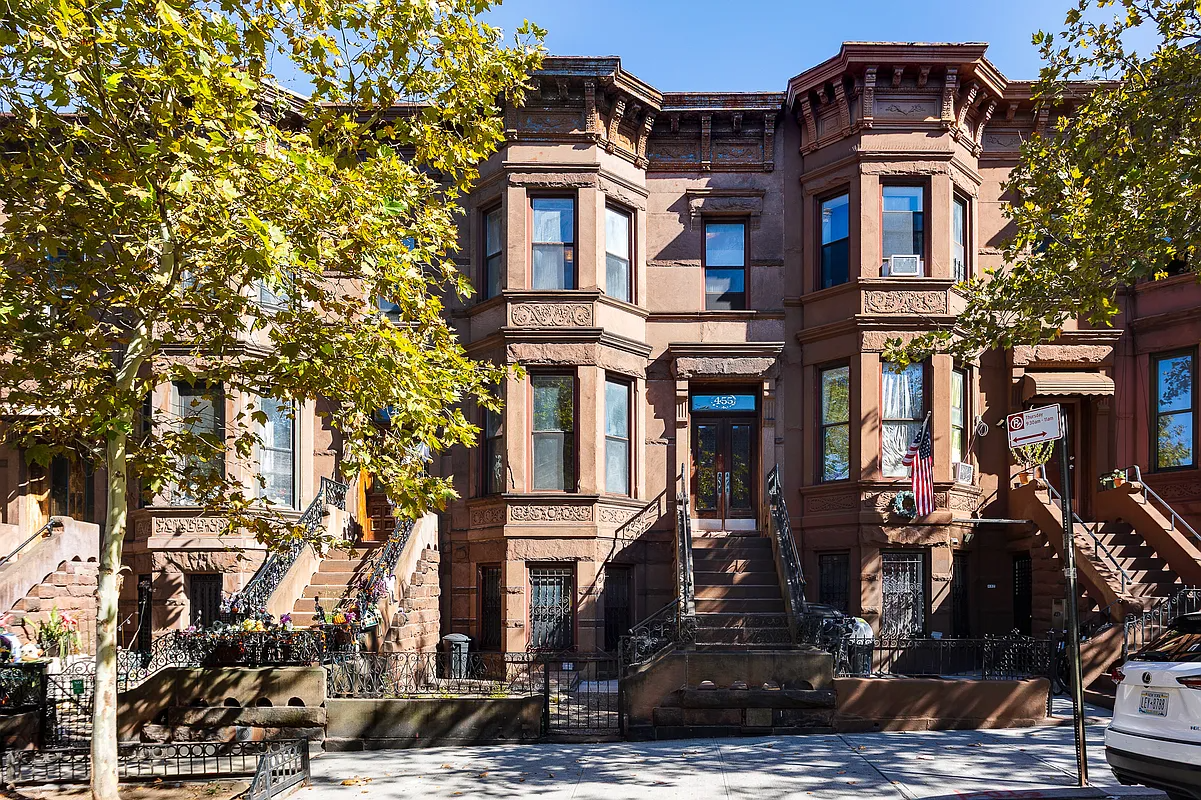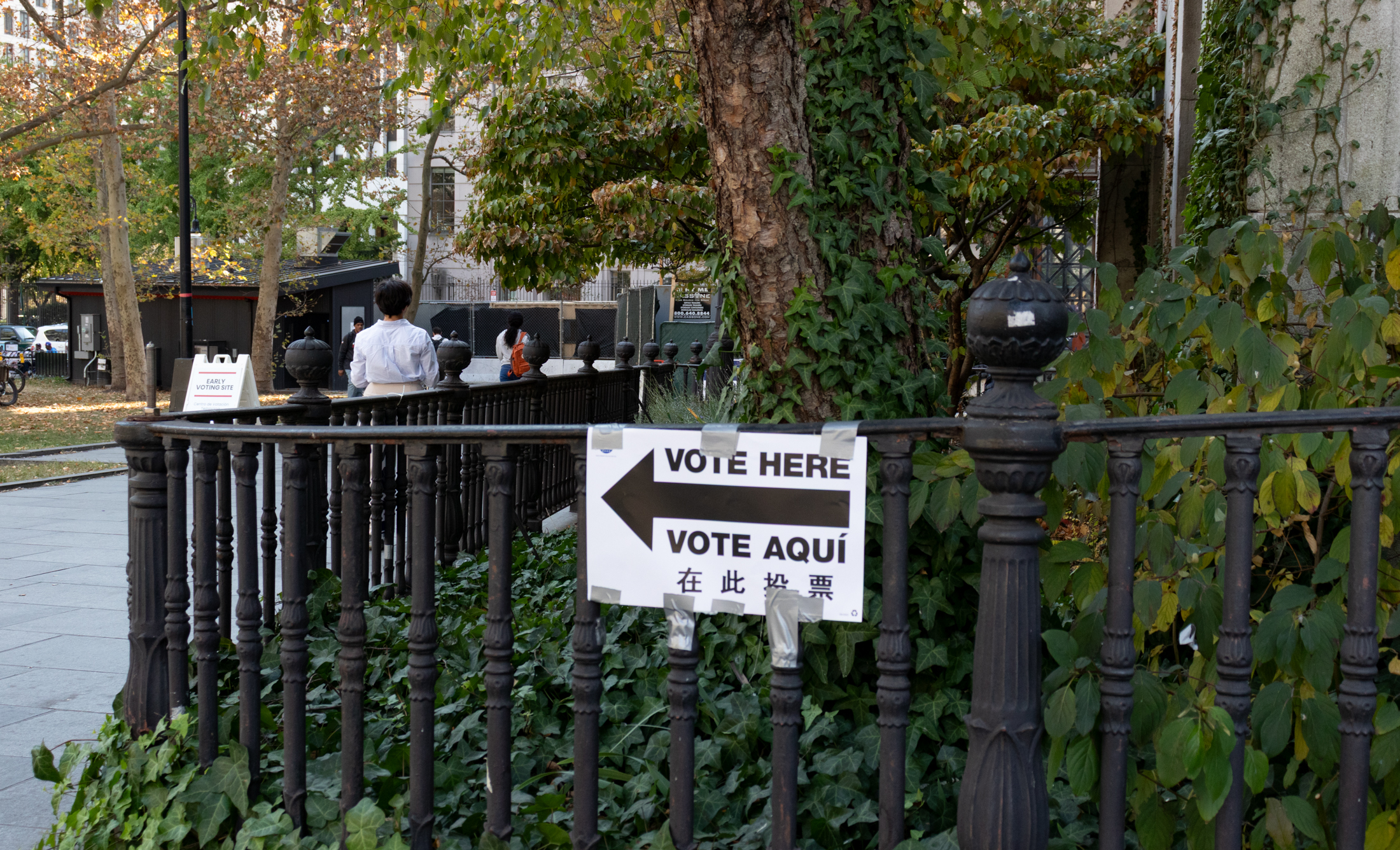Building of the Day: 601-611 Throop Avenue
Brooklyn, one building at a time. Name: Telephone Exchange Building, NY & NJ Telephone Co. Address: 601-611 Throop Avenue Cross Streets: Corner MacDonough Street Neighborhood: Stuyvesant Heights Year Built: 1905 Architectural Style: Italian Renaissance Revival Architect: Alexander MacKenzie of Eidlitz & MacKenzie Other Buildings by Architect: Times Tower, Manhattan, similar buildings for various telephone companies…


Brooklyn, one building at a time.
Name: Telephone Exchange Building, NY & NJ Telephone Co.
Address: 601-611 Throop Avenue
Cross Streets: Corner MacDonough Street
Neighborhood: Stuyvesant Heights
Year Built: 1905
Architectural Style: Italian Renaissance Revival
Architect: Alexander MacKenzie of Eidlitz & MacKenzie
Other Buildings by Architect: Times Tower, Manhattan, similar buildings for various telephone companies on East Coast. Eidlitz also designed the Assembly Chamber of the NYS Capitol Building in Albany
Landmarked: Yes, part of Stuyvesant Heights HD (1971)
The story: Today we see cell phone towers strapped to the chimneys of buildings on every other block. We also see tall metal “trees” used for the same purpose in some residential neighborhoods that don’t have tall buildings. We also see cell phone stores everywhere, even the most upscale shopping streets and centers. They all provide us with the necessary functioning of those hand-held devices that we have decided we can’t live without. Having stores and facilities near our homes just makes using them more convenient.
With that in mind, imagine what it must have been like for early 20th century Brooklynites and their relationship with the telephone. Since its introduction into modern 19th century life by the 1880s, the telephone grew to be as necessary as well, the modern cell phone. But just having the phones was not enough, what made the whole system work was a large series of switching stations that enabled calls to pass from one person to another. Technology is amazing, but it still took the human hand to make that connection.
If you are of a certain age, you probably remember the comedy character of Ernestine, the switchboard operator created by Lily Tomlin. She was hilarious, but the operators were real. They were women who sat in front of huge boards with telephone connections and cables, and moved calls along the switchboard, enabling people to contact each other, especially those outside of the area. A local switching station was vital for the phone service in a neighborhood. Today, phone companies still refer to customers as “subscribers,” a term going back to the early days of phone service.
The closer the switching station, the faster and clearer the calls, so having such a station here in Stuyvesant Heights was an indication of the importance and prosperity of the Bedford and Stuyvesant Heights neighborhoods. It was not an imposition to build such a facility in this quiet residential area, surrounded by fine homes and churches. The telephone company also realized that such a building needed to reflect not only the upscale neighborhood, but the importance of the telephone company itself. So the finest materials and most modern of styles were utilized in this building.
The New York and New Jersey Telephone Exchange was built in 1905, designed by Alexander MacKenzie of the firm of Eidlitz & MacKenzie. The firm had contracts with NY & NJ Tel, along with other regional phone companies, to build many buildings such as this up and down the East Coast. They designed switching stations in Hoboken, NJ, and in Maryland, among other places.
The firm was very successful in those exciting days of the beginning of the 20th century, when architects and builders were experimenting with taller and taller buildings, at the dawn of the skyscraper age. Leopold Eidlitz was famous for his participation in the building and design of the State Capitol in Albany. We have him to thank for the ornate Assembly Chamber in that huge building. The firm made history with their design for the Times Building, in Times Square, Manhattan, which was the tallest in the city for a while, and from which was instituted the famous ball drop on New Year’s Eve.
This Telephone Exchange was built next door to the NY & NJ Tel’s office and store, a beautiful two story building with grand Romanesque arches designed by Rudolf Daus in 1890. It is very different, as it represents the high ideals and building materials of the White City/City Beautiful movement that came out of the 1893 Chicago World’s Exhibition. It’s a gleaming white brick building with classical ornamentation and form, quite fitting for the neighborhood and its company function.
But, by 1938, local telephone exchanges were no longer needed. Operators no longer handled every call, and technology had improved to make local stations obsolete. Both this building and the Daus building became warehouses in 1938. They remained as such until the 1960s and 70s, when they were taken for use as social service buildings, housing health care facilities and social services. Several years ago, the buildings went into foreclosure and were purchased by a wealthy concern which plans to rent to non-profit organizations involved in nutritional, food and other community services. Today, the buildings are empty and closed, but not for long. There will be good things coming soon. GMAP
(Photo: Christopher Bride for PropertyShark)






What's Your Take? Leave a Comment